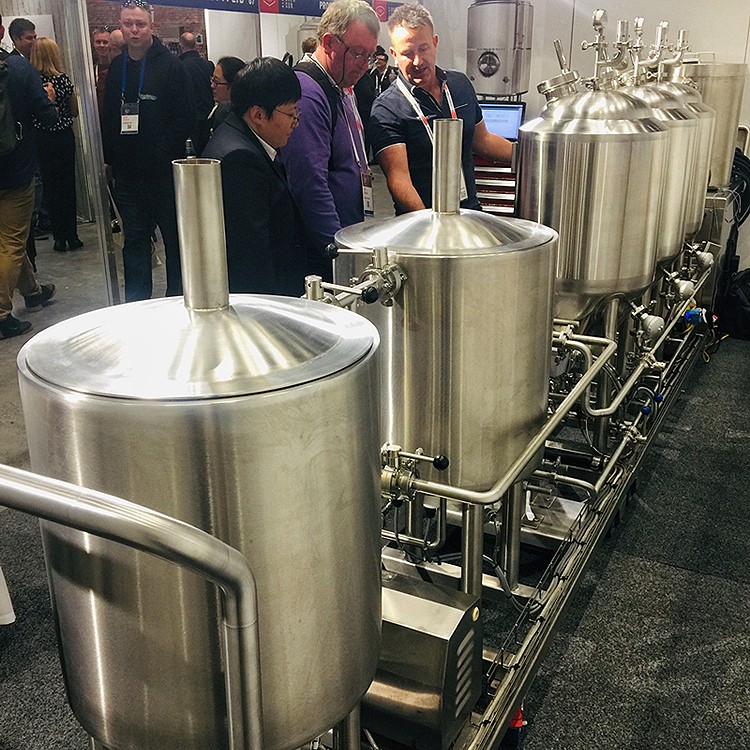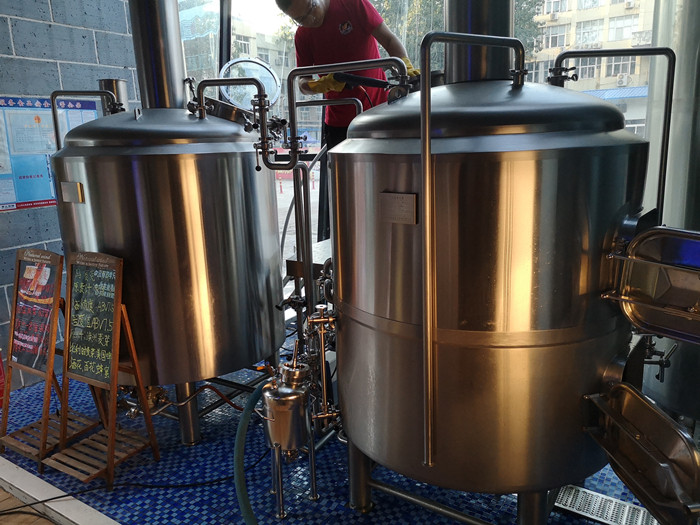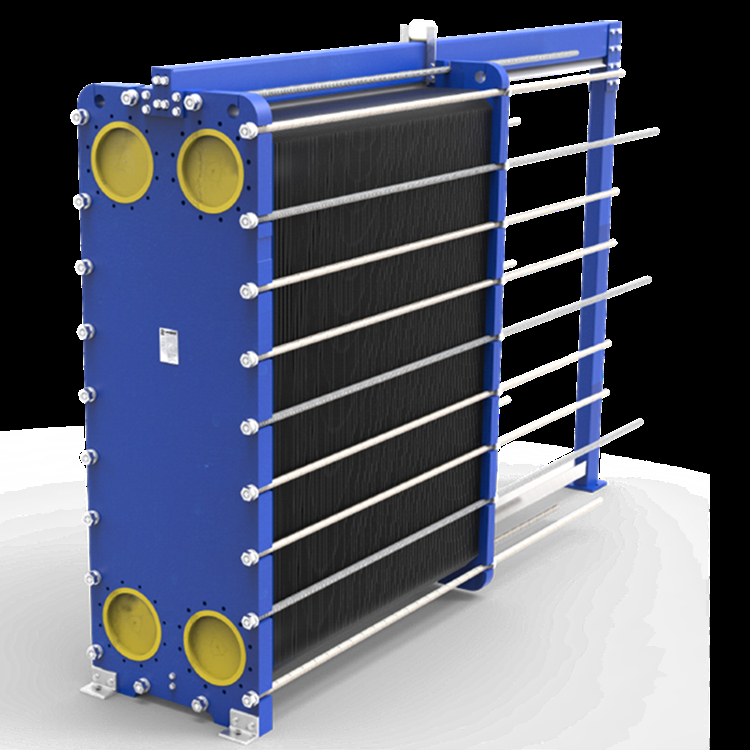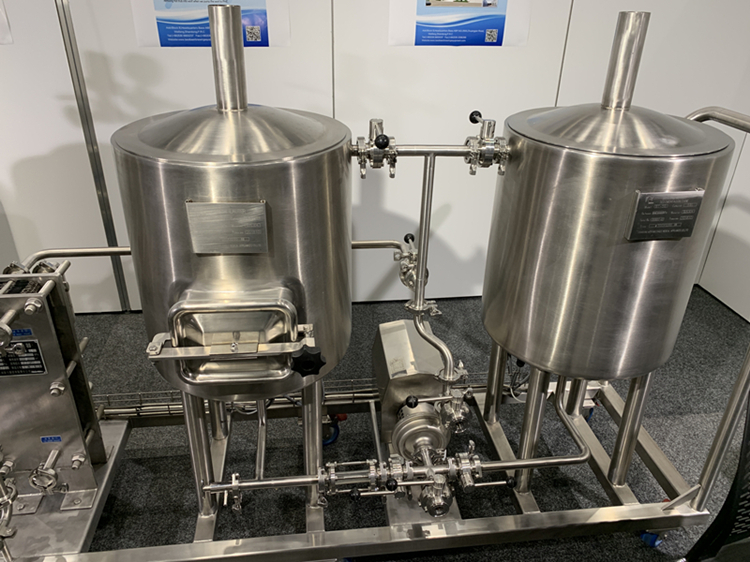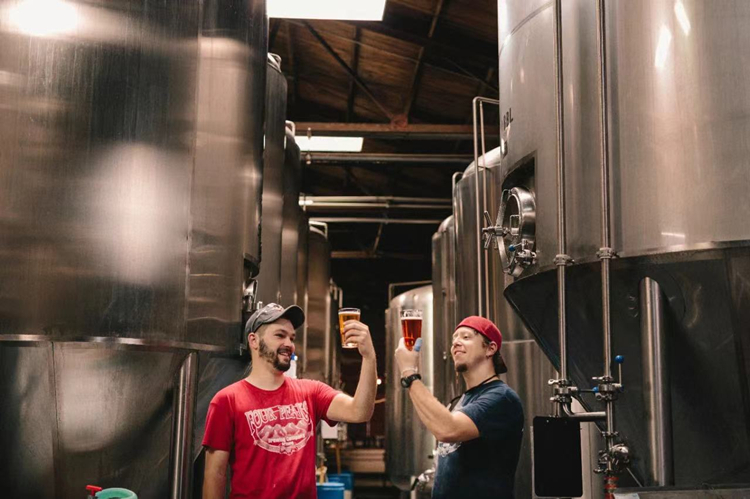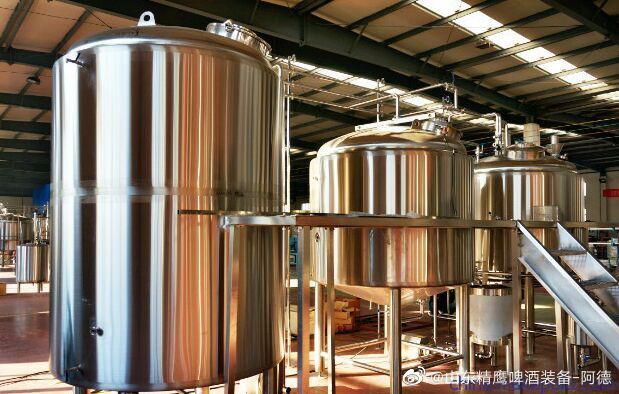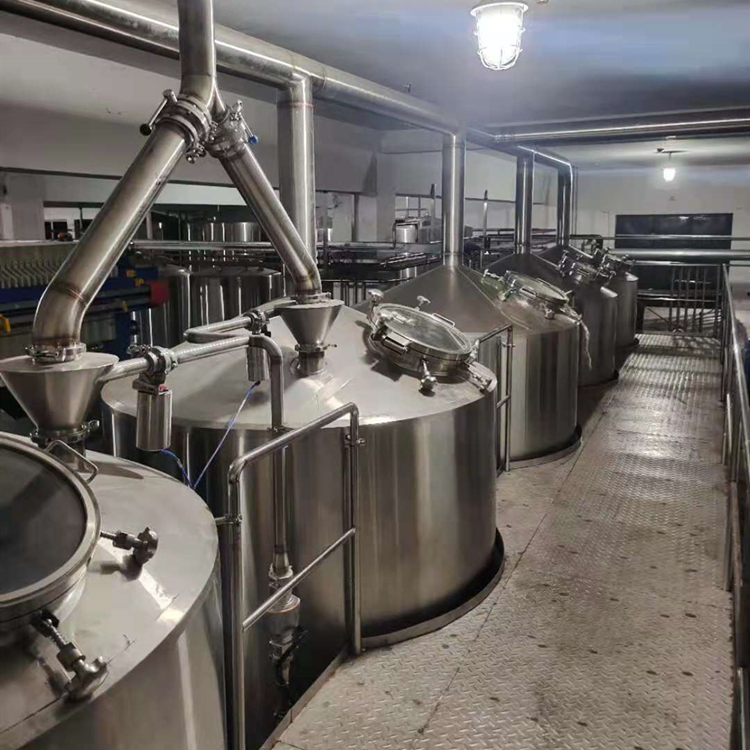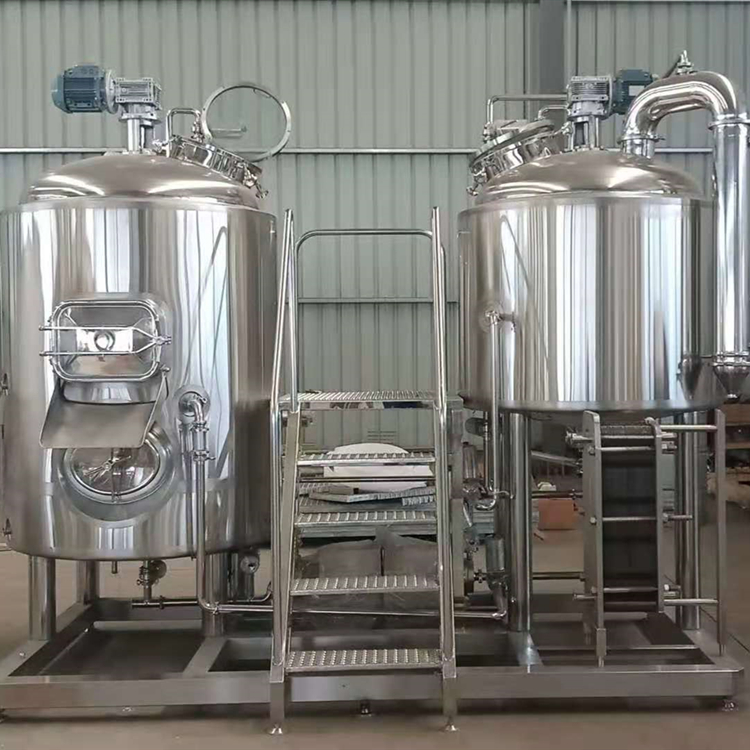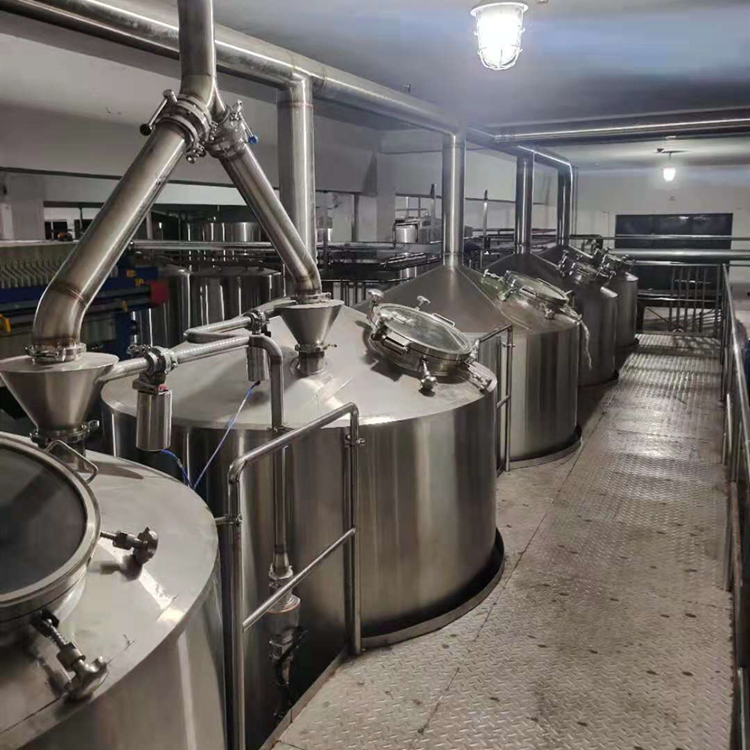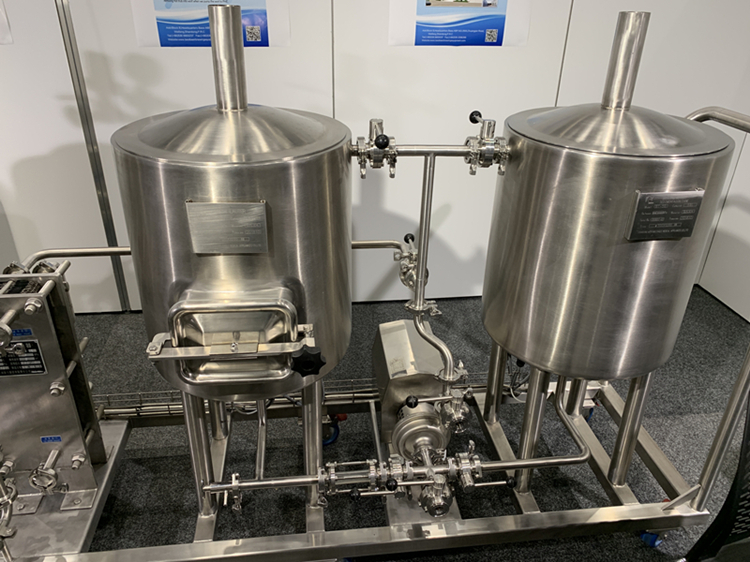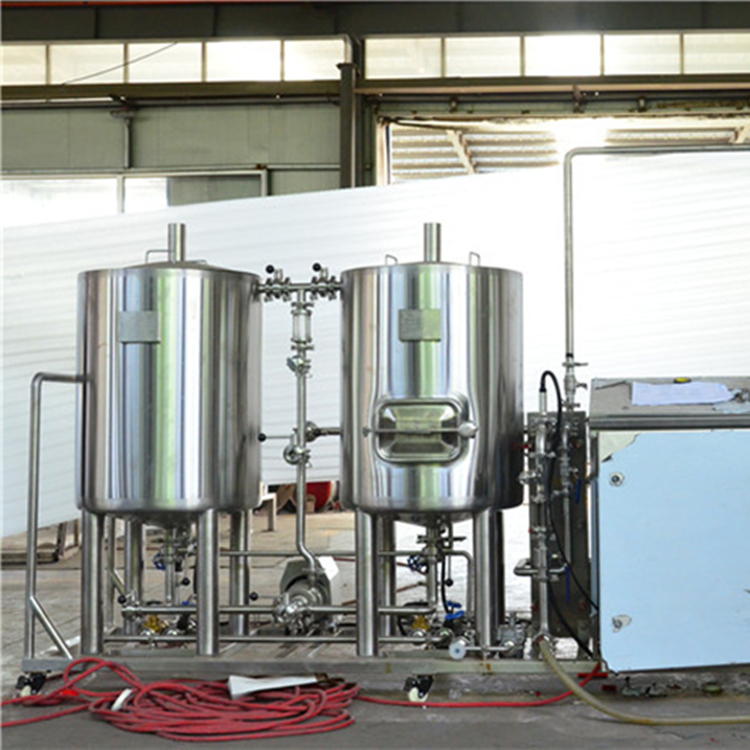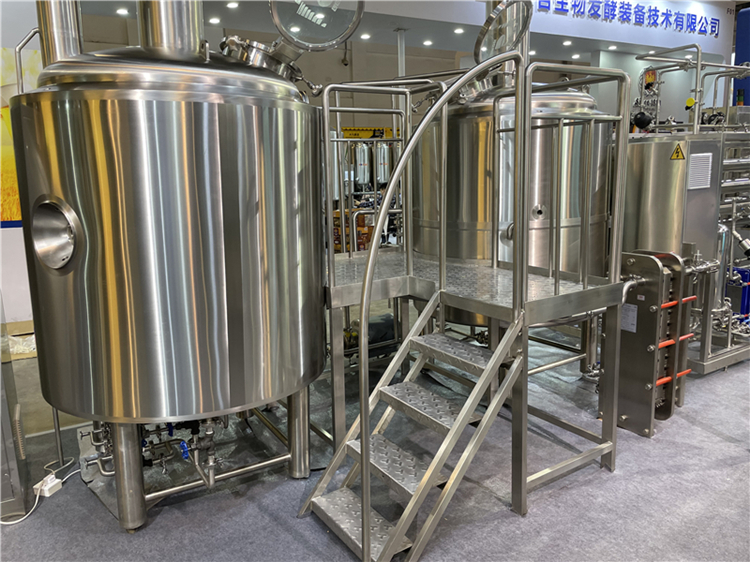Beer concentration, typically measured by its alcohol by volume (ABV), is a fundamental aspect of brewing and drinking culture that affects both the science and enjoyment of beer. ABV, expressed as a percentage, indicates the proportion of alcohol in a beverage relative to its total volume. Most beers fall within a standard ABV range of 3% to 12%, though some exceptional brews can exceed this spectrum. Light lagers often sit at the lower end, while rich, robust styles like imperial stouts or barleywines push the limits with higher ABVs.
Understanding beer concentration goes beyond knowing how much alcohol you’re consuming. ABV significantly influences a beer’s flavor, body, and aroma. Beers with lower ABVs are often lighter and crisper, making them ideal for casual or social drinking, while higher ABV beers tend to have fuller bodies and complex flavor profiles, often designed for savoring. Additionally, ABV reflects the brewing process—higher ABVs require more fermentable sugars and careful yeast management, showcasing the brewer’s skill.
Culturally, preferences for beer concentration vary widely. While German lagers emphasize sessionability, American craft breweries frequently experiment with high-ABV creations. Appreciating beer concentration means understanding its role in balancing alcohol content with flavor and tradition. It’s a key factor in what makes beer so diverse and beloved worldwide.
The Basics: What Is ABV and Why Does It Matter?
ABV, or alcohol by volume, is a critical measure in the world of beer, representing the percentage of ethanol in a beverage compared to its total volume. For instance, a beer with an ABV of 5% contains 5 milliliters of ethanol per 100 milliliters of liquid. This seemingly simple metric holds significant importance, influencing everything from safety considerations to flavor profiles.
One key reason ABV matters is its role in promoting responsible drinking. By knowing a beer’s ABV, drinkers can estimate their alcohol intake and make informed choices. For example, consuming a pint (473 ml) of beer with a 5% ABV translates to approximately 23.65 ml of pure ethanol. In comparison, a stronger beer, such as an imperial stout with an ABV of 10%, delivers nearly twice the alcohol in the same serving size. Recognizing these differences is essential for pacing consumption and avoiding overindulgence.
ABV also impacts a beer’s taste, body, and overall drinking experience. Higher ABV beers, such as barleywines or double IPAs, tend to have richer, more complex flavors. This is due to the greater amount of malt sugars required for fermentation, which often results in fuller bodies and pronounced sweetness or warmth. In contrast, lower ABV beers, like pilsners or session IPAs, are typically lighter and more refreshing, with a crisper finish. They’re ideal for social settings where drinkers may want to enjoy several beers over time without becoming too intoxicated.
Whether for understanding alcohol content, choosing a beer to suit your palate, or appreciating brewing craftsmanship, ABV is a fundamental concept. It bridges the practical with the sensory, underscoring its importance in the diverse world of beer.
The Standard ABV Range: A Spectrum of Styles
Low-ABV Beers (3%–4%)
Examples: American Light Lager, Berliner Weisse
Characteristics: These beers are designed to be sessionable—easy to drink over a prolonged period without causing rapid intoxication.
Use Case: Popular at social gatherings or as refreshing beverages in warm climates.
Example: Bud Light (4.2% ABV), known for its light body and mild flavor, dominates this category.
Mid-Range Beers (4%–6%)
Examples: Pale Ale, Pilsner, IPA
Characteristics: This range represents the sweet spot for balance, offering enough alcohol to enhance flavor without overwhelming the palate.
Use Case: Widely consumed, these beers appeal to casual and connoisseur drinkers alike.
Example: Sierra Nevada Pale Ale (5.6% ABV) is a classic mid-range beer, celebrated for its hoppy yet balanced flavor profile.
High-ABV Beers (7%–12% and Beyond)
Examples: Imperial Stout, Barleywine
Characteristics: These beers are dense, complex, and often served in smaller quantities due to their potency.
Use Case: Typically enjoyed slowly, these beers are perfect for savoring on special occasions.
Example: Dogfish Head 120 Minute IPA (15–20% ABV) is an iconic high-ABV beer that exemplifies intense flavor and alcohol content.
Brewing and ABV: The Science Behind the Numbers
ABV is determined during fermentation, the process where yeast converts sugars in the wort (unfermented beer) into alcohol and carbon dioxide. The amount of fermentable sugars present—and how completely the yeast consumes them—dictates the final ABV. Brewers often manipulate variables such as malt type, mash temperature, and yeast strain to achieve the desired concentration.
Low-ABV Beers: Require less fermentable sugar or use techniques like dilution to achieve a lighter profile.
High-ABV Beers: Involve adding extra malt or adjuncts like honey or sugar to boost alcohol content.
Additionally, brewing high-ABV beers requires careful yeast management. Yeasts can become "stressed" in high-alcohol environments, potentially leading to off-flavors or incomplete fermentation.
How ABV Shapes the Beer Experience
Flavor Profile
Higher ABV beers often carry complex flavors, ranging from dark fruits and caramel to coffee and chocolate. In contrast, low-ABV beers tend to highlight subtler ingredients like hops and wheat. For example, a Belgian Tripel (8%–10% ABV) will typically present fruity esters and spicy phenols, while a session IPA (4%–5% ABV) focuses on hop bitterness and aroma.
Body and Mouthfeel
ABV influences a beer’s body. Beers with higher ABVs tend to feel fuller and more viscous, while low-ABV beers are lighter and more effervescent.
Cultural Impact
Different regions and cultures have varying preferences for ABV levels. For example:
Germany: Famous for low- to mid-ABV beers like Kölsch (4.5%) and Märzen (5.8%), aligning with their social drinking traditions.
Belgium: Known for high-ABV Trappist ales like Westvleteren 12 (10.2%), prized for their intricate flavors.
United States: The craft beer revolution has pushed boundaries, popularizing double IPAs and barrel-aged stouts with ABVs exceeding 10%.
Data and Trends in ABV Preferences
A 2020 survey by the Brewers Association revealed that the average ABV of craft beers in the U.S. was approximately 5.9%, reflecting a shift towards stronger beers compared to traditional lagers, which average around 4.5%. Meanwhile, the rise of “session” beers—low-ABV variants of hop-forward styles—shows that consumers value variety in concentration.
Moreover, the advent of alcohol-free beers (<0.5% ABV) indicates a growing interest in moderation without sacrificing flavor. Brands like Heineken 0.0 and Athletic Brewing Company have capitalized on this trend.
Conclusion: Why Beer Concentration Matters
Understanding beer concentration enhances the appreciation of this ancient beverage. ABV influences not just alcohol content, but also flavor, brewing methods, and cultural practices. Whether you prefer the light crispness of a session beer or the robust complexity of a barrel-aged stout, knowing the role ABV plays allows you to make informed and enjoyable choices. As the beer world continues to evolve, so does our understanding of the intricate balance between strength, flavor, and experience.
